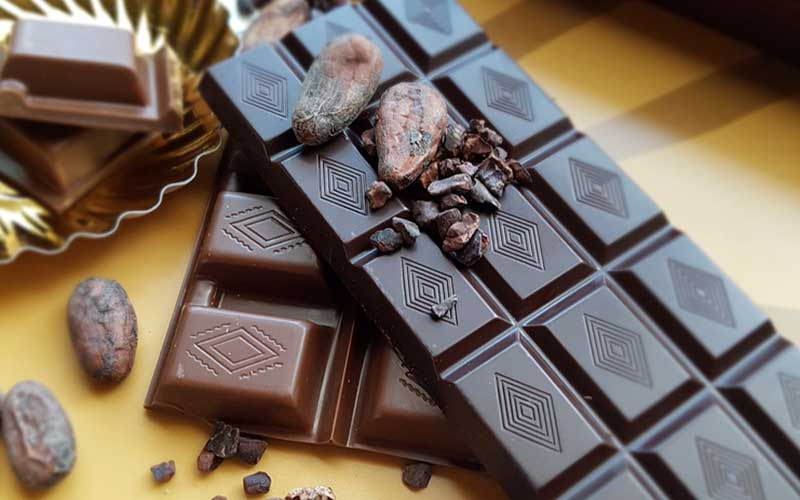A journey through flavours and artisan wisdom
Explore the authentic heart of Tuscany, made up of century-old vineyards and olive groves, extraordinary waters and underground grottoes, sheltered villages that carefully look after their hidden treasures. The authentic experience that you are looking for can be found in the Valdinievole.
Take a seat in a café in one of the colourful piazzas, or if you have more time, choose a trattoria or a holiday farm along the way: this will be the very best way to come into contact with the surrounding area.
In everything you taste, you will find the Valdinievole. Centuries of experience, passionate and expert work, all in only one drop of Extra Virgin Olive OilIGP (Protected Geographical Indication). Knowledge of the raw material and the courage to experiment, in one bar of handmade chocolate of Monsummano Terme. Wisdom and love in one spoonful of a hot vegetable and Sorana bean IGP soup. Cheerfulness and joy in a ‘brigidino’ from Lamporecchio or in a wafer from Montecatini.
Walk over the cobbled stone streets to find a artisan’s workshop where expert hands carry out ancient movements which are rich in knowledge, thus giving life to truly unique items, real ‘ambassadors’ of the area, like the paper from Pescia or the footwear from Monsummano.
What is the easiest and most spontaneous way to get to know a place if not by coming into contact with its traditions? Get ready to go on a journey through the history of this land, which proudly looks after the flavours, and crafts of the past.
The Valdinievole carefully looks after its ancient traditions and it is an area rich in wine, food and crafts, to learn all about and to try: every hamlet and village, all the year round, can be the right place and moment for a delicious break.
At table, it maintains its authenticity thanks to simple recipes and top quality ingredients. The Montalbano IGP oil – an extra virgin olive oil of the highest quality – comes from an expert cold pressing method of the century-old olives, which let out intense perfumes and flavours. It is perfect to be dribbled over a Sorana IGP bean soup, white and red beans, delicate and tasty.
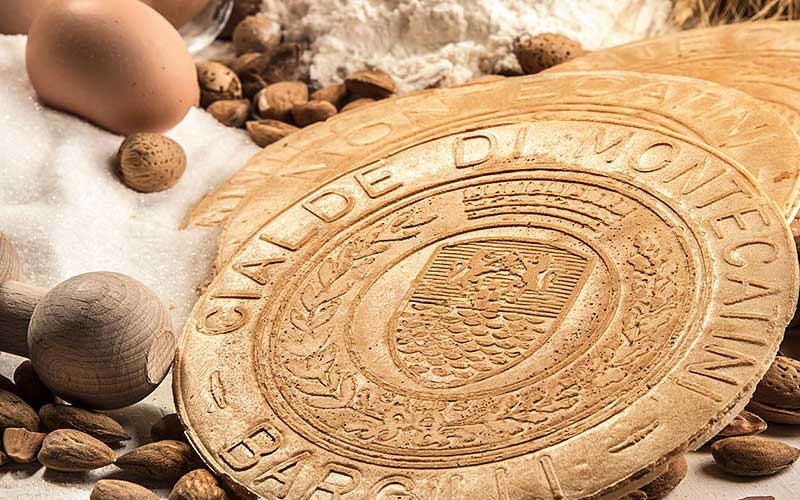
Next to the oil is the wine which is competing for the title of King of the Tuscan Table. A goblet of Chianti Montalbano DOCG (Registered and Certified Designation of Origin) wine is the perfect partner for a platter of mixed cheeses and salamis, ranging from raw milk pecorino cheese, to the ‘buristo’, a typical cured meat made of pork and pig’s blood, right up to the ‘finocchiona’ IGP, the most famous of Tuscan salamis, made unique by its taste of the seeds and flowers of fennel.
As for the aperitif and also for more delicate dishes, try the dry, lively and harmonious taste of the Bianco della Valdinievole DOC (Registered Designation of Origin) white wine, with its golden yellow colour, sometimes with a touch of bubbles. The Bianco della Valdinievole Vin Santo Doc, ideal with a dessert at the end of the meal, together with the ever-present ‘cantuccini’ (almond biscuits) is made when these same grapes wilt and dry out..
Traditional cooking also offers the ‘grosso di Pescia’, an asparagus which can grow to be 50 cm long; it is an ancient product of exceptional quality and nowadays it is cultivated only by a very few farmers. Cheap cuts of meat – typical of poor cooking – make filling and tasty dishes such as the ‘cioncia’, which is made of the more solid and hardened parts of the calf’s head, flavoured with spices, black olives and chili peppers.
There are three desserts which compete for the title of ambassador of the Valdinievole: ‘brigidini’ from Lamporecchio, crisp wafers flavoured with aniseed, always present and known all over Italy in its village street parties and festivals; chocolate from Monsummano Terme, the pride of the Tuscan “Chocolate Valley”; and the wafer from Montecatini, filled with a delicious mixture of sugar and crushed almonds and is the town’s typical sweet, made by families of pastry chefs among which are the Bargilli family (since 1936) and the Desideri family.
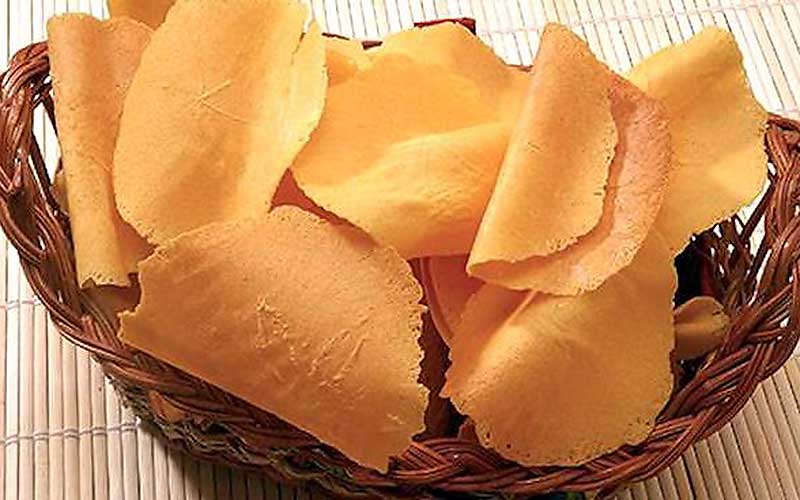
The brigidini of Lamporecchio
According to legend, the nuns of Santa Brigida were the first to create these delicious wafers, adding to the classic recipe for the host, or blessed bread, eggs, sugar and aniseed. Traditionally cooked between two iron rings over the open fireplace’s flame, nowadays they are cooked in a machine that gives out a characteristic and rhythmic puff: these wafers are always to be found at open-air village parties.
Pescia and paper.
During Carnival, houses smell of ‘berlingozzi‘ straight out of the oven, cakes that were already being prepared in the 15th century for the Thursday before Lent; while in autumn, tradition offers you ‘necci‘ with ricotta cheese, exquisite crepes made of chestnut flour.
Food brings people together: in June around Buggiano, the ‘Sgranar per colli‘ is a tasting walk, while in October, at Chiesina Uzzanese in the district of Molin Nuovo, the village party called the ‘Sagra del Ballotto‘ takes place where everyone enjoys eating roasted and boiled chestnuts..
Arts and crafts
Table excellence is not the only excellence: there are many artisans who keep alive the arts and crafts of olden days. .
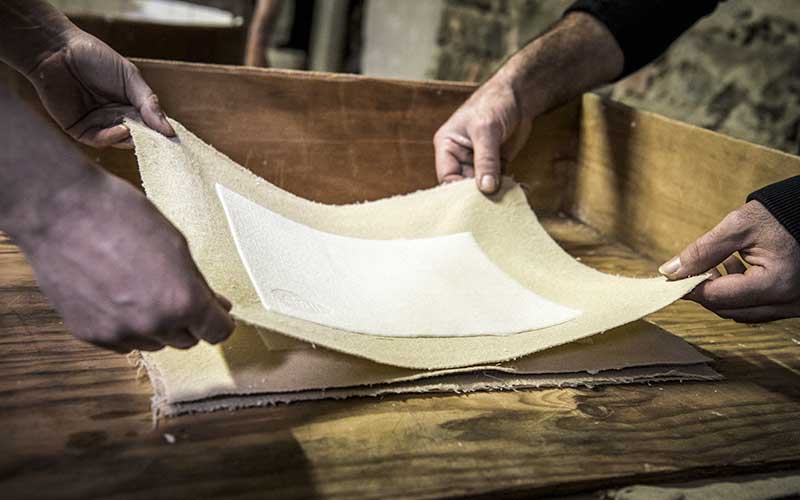
Pescia and paper
The Museum of Paper in Pietrabuona – one of the ten ‘Castella’ of the Svizzera Pesciatina, is a point of reference for artists and scholars from all over the world, and holds some treasured objects, such as the watermarks of the effigies of Napoleon and Maria Luisa d’Austria (1812) and century-old instruments for the making of handmade paper.
A rich heritage of traditions is linked to the production of the handmade paper and to the area around the town of Pescia, as can be seen in a document written in 1481. Its history is recounted in the Museum of Paper in Pietrabuona, which protects and hands down this ancient art which has made Pescia one of the places most loved by artists, among whom are Pablo Picasso, Giorgio De Chirico, Renato Guttuso, Giorgio Morandi, Pietro Annigoni.
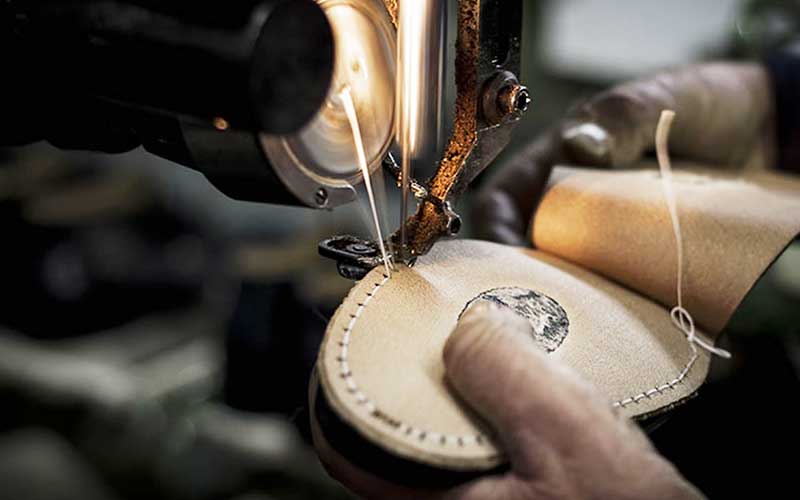
By hand, as in the past
The history of footwear in Monsummano Terme goes back to the beginning of the 20th century when it became an important centre for the footwear industry in Italy. To make a shoe by hand, today as in the past is an ancient art, rich in secrets in every phase of its creation, from the choice of hides and skins, to its cut, to its stitching and right up to the final finishing touches.
Still talking about Monsummano Terme, but also in the areas of Larciano, Vinci and Lamporecchio, it is here where high quality leather goods are made which is one of the sectors of excellence of the Made in Italy brand. In particular, the town is proud of its long tradition in the making of footwear.
Tied to the harvest of marsh grasses in the Fucecchio Marsh is the production of brushes and brooms in Larciano and the straw chair mending and demijohns in Monsummano Terme and Larciano, where the artisan tradition of straw-hat making carries on today.
